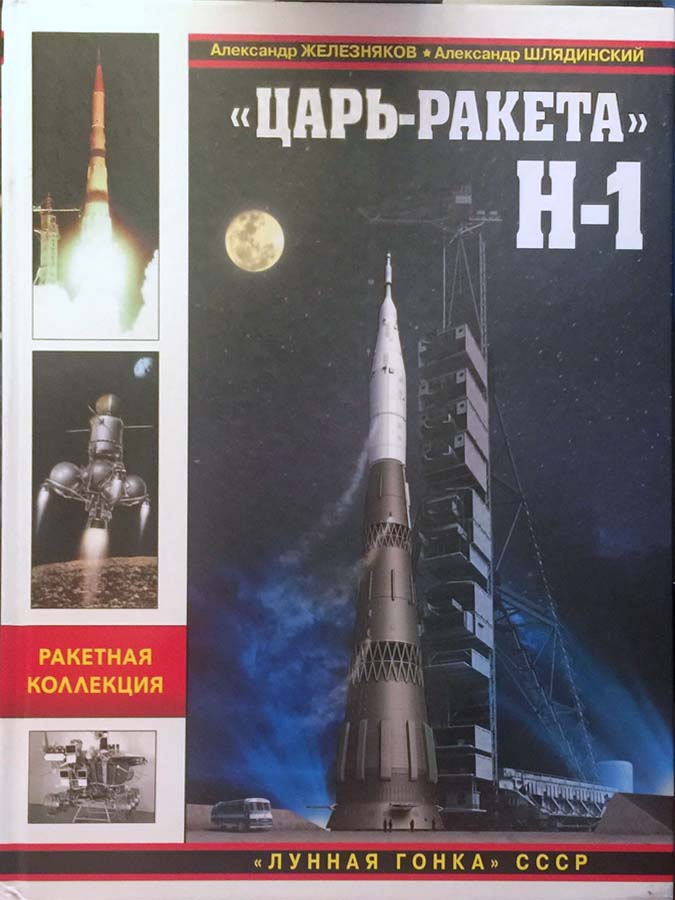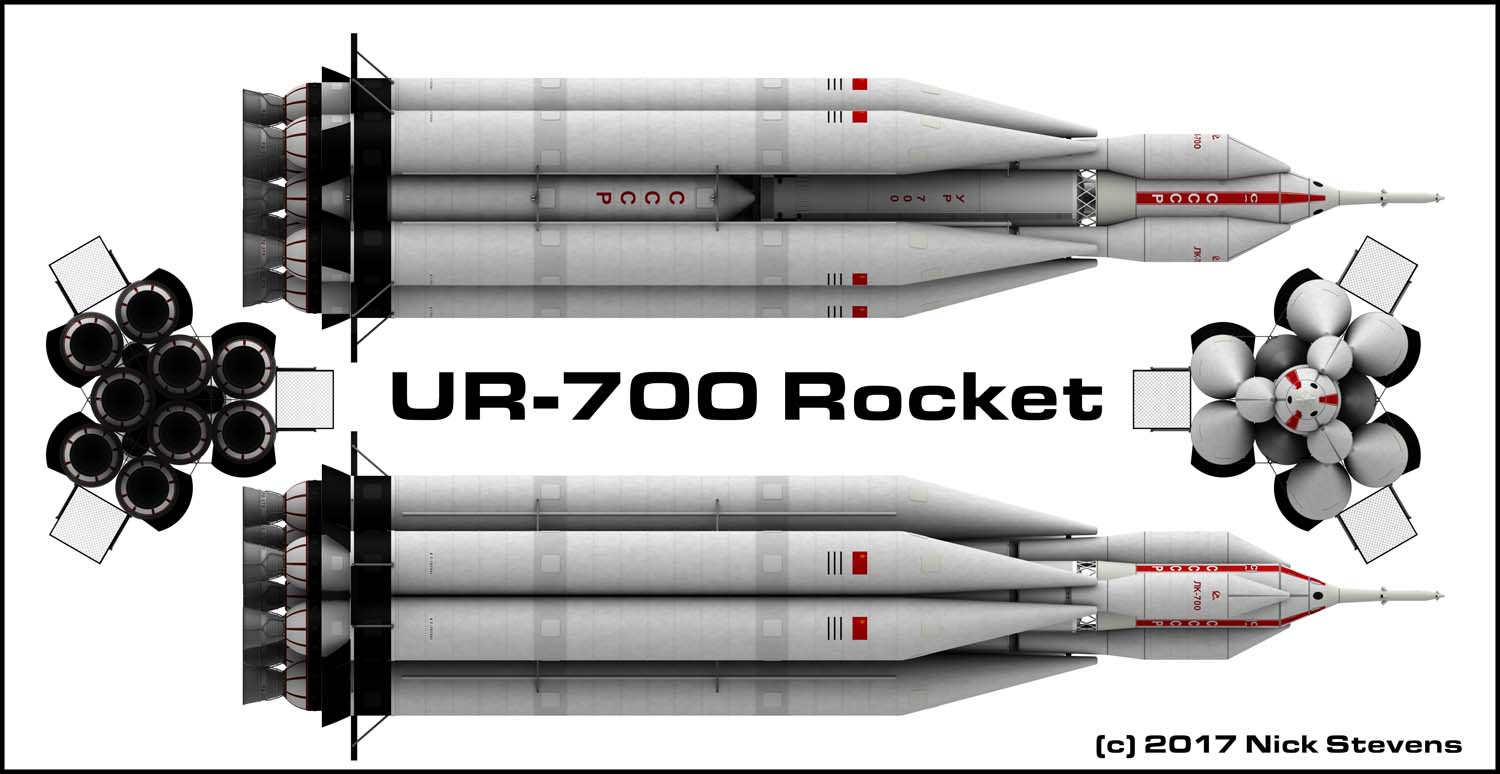Not that long ago I got an excellent book by Alexander Schliadinski, who provided the core information for “N-1 for the Moon and Mars“.

Continue reading “Nuclear Soyuz – ЖРД / ЯРД, an unflown design”
The Art and Graphics of Nick Stevens. Available for hire.I specialise in unbuilt space projects, and the spacecraft of the Soviet Union.
Spacecraft from Russia and the Soviet Union
Not that long ago I got an excellent book by Alexander Schliadinski, who provided the core information for “N-1 for the Moon and Mars“.

Continue reading “Nuclear Soyuz – ЖРД / ЯРД, an unflown design”
After chatting to Matt, co-author of “N1 for the Moon and Mars“, I decided to dig out the meshes I did for that, and come up with some new renders. It was a mad dash to get it all out in time for publication, and I didn’t have time to explore all the options.

I decided I have a bad habit of using good weather for most of my environments, this one is different! Continue reading “Some new Soviet Lunar program renders – N1 L3”
Quick introduction. I have recently been working on Chelomei’s UR-700, his Universal Rocket System, based on a design unit that eventually became the Proton. It was intended to replace the N-1 as the vehicle to take the Soviet Union to the moon.
Thanks to a comment left on these forums, I was refered to a website which had photos of something I never knew was built – a large scale model of the UR700, for vibration testing! It was made at 1/10th scale.
Before we get started, here’s a render I did, which shows you the overall configuration. I think this will help you understand the layout.


The rubber hoses were used to fill it with water, for when it was suspended, and given the vibration tests. It was also suggested that alcohol would be the correct liquid to use, instead of water. Continue reading “New reference information on the UR700”
So here are some images of the finished launch version.
Let’s start with the exploded view, showing how all the parts fit together:
Right! The launch state version is coming together rather nicely. There are some deails still to be done, and the surfaces need some work, but I’m begining to see how the finished one will look.
It’s not going to be super accurate, but I was really pleased that my Russian friends like it.
The colours are arbitrary to a degree, but I think I have a sound justification for them.
Here’s an exploded view, to show all the elements:
Back to the space hardware, and my latest major project.
This is Chelomei’s UR-700, intended as a universal rocket, (in various configurations), and a competitor to the N-1.
This was a real monster, and basically consisted of a cluster of no less than nine Proton rockets. This was done so they could be comprehensively tested at the factory near Moscow, and shipped on trains to Baikonur for assembly. The Proton started as the UR-500, an element of this design. The engines were built and tested, but there was no appetite to start again, cancelling the N-1.
Finishing up the historical Soviet rocket from 1935, “Aviaveento”.
As usual everything done in Lightwave 3d, this one os based on some old Russian language books I bought on Ebay.
I’m a little unsure abut the long indented areas along the main hull. The references were a bit contradictory. But all those knobbly rivets were really there!
Continue reading ““AVIAVEENTO” “АВИАВНИТО” Historic soviet rocket”
I’ve restarted working on the models I did of the manned Soviet Lunar program, with a view to taking them to the next level.
I’m starting with the rotating gantry, here are the old and new versions of the hub:

 Continue reading “N-1 – Restarting work on the Manned Soviet Lunar Program.”
Continue reading “N-1 – Restarting work on the Manned Soviet Lunar Program.”